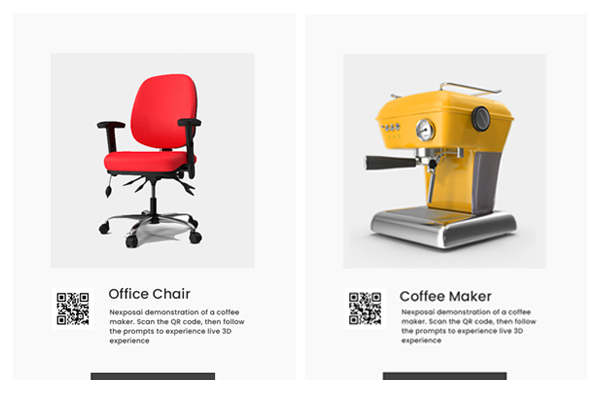Unlocking the Potential: How Augmented Reality Benefits Education
Augmented Reality (AR) has emerged as a game-changer in the field of education, revolutionizing the way students learn and engage with information. This cutting-edge technology overlays digital content onto the real world, creating an immersive and interactive learning experience. But who exactly benefits from the integration of AR in education? The answer is simple: everyone involved.
1. Students
- Enhanced Learning: AR brings abstract concepts to life, making them more tangible and easier to understand. Visualizing complex ideas through interactive 3D models or simulations helps students grasp difficult concepts with greater ease.
- Increased Engagement: Traditional teaching methods often struggle to capture students’ attention. AR provides an exciting and interactive learning environment, fostering engagement and motivation. Students become active participants in their education, leading to improved knowledge retention.
- Personalized Learning: AR allows for personalized learning experiences tailored to individual students’ needs. By adapting content to different learning styles and paces, AR ensures that every student can learn at their own pace, boosting their confidence and overall academic performance.
2. Teachers
- Enhanced Instruction: AR empowers teachers to create dynamic and immersive lessons that go beyond traditional textbooks. They can use AR to present complex information in a more engaging and interactive manner, fostering deeper understanding among students.
- Real-Time Assessment: AR enables teachers to assess students’ progress in real-time, providing immediate feedback and identifying areas where additional support is needed. This data-driven approach allows for targeted interventions, ensuring that no student is left behind.
- Professional Development: AR also benefits teachers by offering new avenues for professional development. They can explore innovative teaching methods and collaborate with other educators to share best practices, ultimately enhancing their own teaching skills.
3. Parents
- Active Involvement: AR bridges the gap between the classroom and home, allowing parents to actively participate in their child’s education. Parents can engage in AR-enhanced activities and discussions, fostering a deeper connection with their child’s learning journey.
- Transparent Communication: AR platforms often provide parents with access to real-time progress reports, allowing them to stay informed about their child’s academic performance. This transparency promotes open communication between parents, teachers, and students.
- Supporting Learning at Home: AR applications can extend learning beyond the classroom, providing parents with resources and tools to support their child’s education at home. This collaborative approach strengthens the parent-teacher-student relationship and reinforces learning outcomes.
4. Educational Institutions
- Competitive Advantage: Institutions that embrace AR gain a competitive edge by offering innovative and immersive learning experiences. This attracts students, enhances their reputation, and positions them as forward-thinking educational leaders.
- Improved Outcomes: AR has been shown to improve academic performance, knowledge retention, and student engagement. By integrating AR into their curriculum, educational institutions can achieve better learning outcomes and prepare students for the challenges of the future.
- Cost-Effective Solutions: While implementing new technologies may seem costly, AR can actually provide cost-effective solutions in the long run. Virtual labs, simulations, and digital textbooks reduce the need for physical resources, saving both time and money.
As the world becomes increasingly digital, the integration of AR in education is not just a luxury but a necessity. It empowers students, supports teachers, strengthens the parent-teacher-student relationship, and benefits educational institutions as a whole. By embracing AR, we can unlock the full potential of education and create a brighter future for all.





